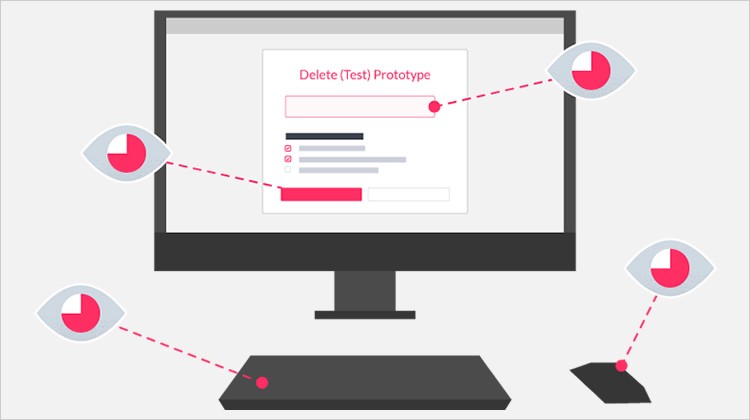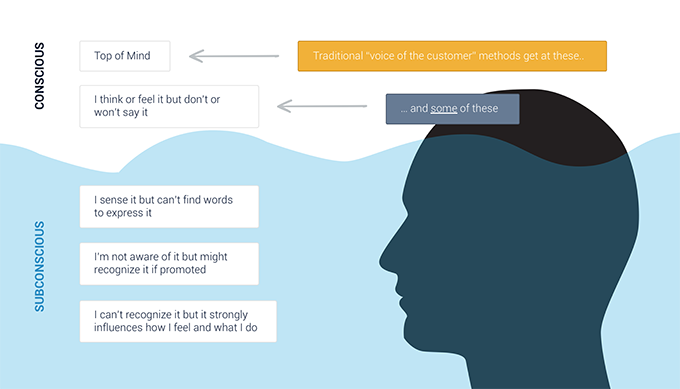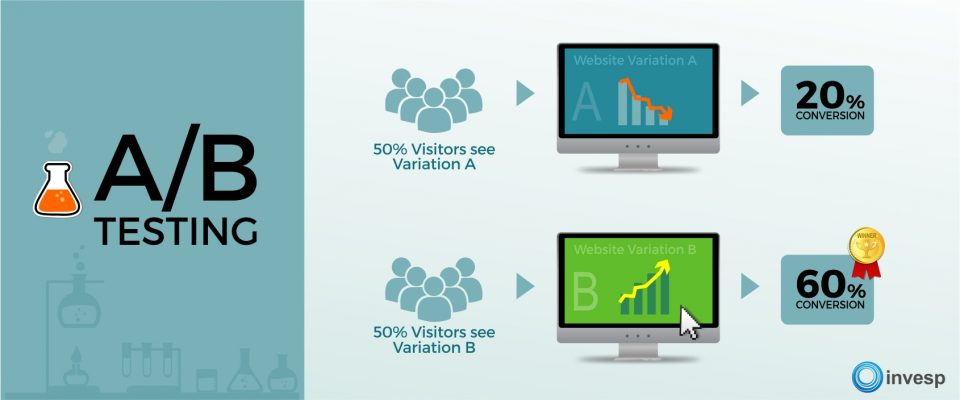Written by Desmond Ekeh
There are seven levels of conversion models identified by Andre Morys of the CXL Institute to enable digital marketers hit their optimisation goal. In this article we will examine three of them which includes heuristic evaluation, relevance and Trust/Orientation. We will start with the concept of heuristic evaluation – why we use it, and when do we use it. Then we look at the difference between this method and others. We also discuss its application. In website conversion optimisation there are many methods of analysing websites. Which one of them is the best? That may not be the question. Perhaps, the question should be which one of them offers you the best result. Our conclusion will point to the best way to apply different methods particularly heuristic evaluation to get the expected conversion result. Then we will look at how relevant Relevance, Trust and Orientation are to the conversion process.

If you reflect on the above website you could ask – is the website good or bad? We may not know until we run a test or do a proper evaluation on the site. So, what kind of test do we run – A/B Test, or User Test, or what?
On some occasions, staff of companies, in a bid to answer such questions posed above use gut feelings, or intuition, to evaluate the site. Other times, the optimiser may use User Testing to evaluate the site. Unknowingly, you can destroy the page with any or both methods. Why?
A/B Testing
According to Morys “analysing a website based on our gut feeling maybe not be a good idea (sic). If we are doing user testing, good idea to understand the user reality” (sic), but user reality is not the only reality. Sometimes, even the A/B Test does not offer us correct answers. In the use of A/B testing there could be cognitive bias termed Social Desirable Response (SDR) – where respondents to the questions say what they think is right, instead of what their real behaviour is all about.
Morys demonstrated this with an example of a car manufacturer instead of a website – “if I manufacture a car, compared to building a website, I could show you that car (A) and ask you how do you like that car? I could point at the car. And people will say oh, wow, great car! I like how it looks and everything. But, is that the answer that we want? If we want to improve that car (A), it might be the wrong question. Maybe it’s better to compare this car with another car (B) and ask people which car would you buy? And then they tell us a little bit more about what’s important to them or not.” So, in this case, “you see people make their decisions always in contrast. So, there is not just option one, which is your product or your website. There are always other options, other websites, competitors.” Morys admonishes digital marketers that when they do User Testing, they should always do it by comparing it with competitors, or against other websites. Another problem is the method of using customer responses. The customers may not tell us what is in their subconscious mind but what they feel like telling us in response to our questions. So, I would say that the customer is not necessarily telling us the truth. It’s not a bad method, but you have to be aware when to use it.
Quantitative Data Test
If the User Testing poses challenges, the digital marketer might resort to the use of A/B Testing. In his thinking that is more quantitative, and most likely to provide accurate result – after all it is quantitative and statistical.
For instance, according to Morys, the optimiser might calculate that, “if we look at the bounce rates of different landing pages here, we can easily discover which version of the landing page is the weakest one. And it might be this one because it has the highest bounce rate. So, there must be a problem. And let’s assume that this version of the bounce rate leads to 5% conversion rate through the remaining funnel. So, if we get a thousand people on that landing page, 500 go further, and finally 25 ends up with the last step. So, we can improve that website from 50% bounce rate. We optimize it, so it only has a 25%. But the thing is now, we only have 2% conversion rate here. Why? We did not change the website. We changed what people go through the funnel, and the people like the landing page, but the people didn’t like the funnel that came after. So out of thousand people, we only have now 15”.
That’s the hard thing about data.
Based on the example above, and in most cases, data doesn’t tell you why. One explanation of that effect, Morys refers to as call ugly shopping window effect. Maybe you discovered it by yourself already, when you run A/B Test on landing pages. You had a not so beautiful shop, with a not so beautiful shopping window.Everything was not that perfect, but it was a coherent experience.So, what you did now is you made an improvement on the shopping window.So your shopping window now looks perfectly, brilliant.Problem is the shop behind that window did not change at all.Actually, in contrast with that perfect experience at the beginning, it now looks like that.And that’s an explanation why a lot of times,if you optimize conversion rates,or click-through rates on landing pages,the conversion rate in the funnel behind it gets lower. So again, we have to deal with the cognitive bias called priming or anchoring, right?
Understanding Heuristic Methods

A heuristic evaluation is a process used to discover usability problems in any application or website. According to Talia Wolf “the entire process is designed to help uncover hidden opportunities on your website, find obstacles that need fixing and prioritise your optimisation stuff. Ayat Ashakairy says that it is used to detect problems within a website and helps in creating educated changes to site improvement. Heuristic evaluation is considered a valuable technique in the sense that it gives quick feedback and it is extremely cost effective.
Heuristic evaluation is one method that helps the marketer to understand how behavioural change or the behaviour of the user works. It makes it easier for the marketer to get result. To get that result the marketer has to facilitate the process. But to effect any changes on your website to enable you generate change you need to be armed with insight about your prospective customer or visitor to your website.
So, you will need to have a framework that tells you why people are not clicking, or buying, or logging in. And this is why your framework has to help you to focus on user reality. And with that reality, I mean reality at a conscious level, you need to know what people are aware of and what they are not. You need to understand their cognitive biases and the biases are capable of explaining to you what people are not aware of.
Heuristics are strategies derived from previous experiences with similar problems. So, as soon as some people already observe problems and solve them, can deduct the heuristics from that. And we have existing heuristics. Most of them are usability heuristics. The most important one maybe, nearly everybody knows about is Jakob Nielsen’s Usability Heuristics. It has about 10 rules of usability features used since about 30 years going.
Relevance

Relevance is another level of conversion model that aids web optimisation. It is important to measure what is relevant to the audience based on their motivation and implicit values and emotional resonance. For instance, in an A/B test Morys conducted five versions of an experiment including an optimised version that had no emotional resonance. It was just a better template. Out of the five templates used for the test one is control and the second was only an improvement template. The other three were emotionally focused versions. He measured ‘add to cart rate’, and the optimisation of that template delivered 8% more ‘add to cart rate’. Meanwhile, focusing on the right implicit value or emotion it delivered 80% more ‘add to cart ratio’. It was discovered that a focus on the right values is very powerful. Morys confirmed that applying this method witnessed customer clicks on that version. This is the heuristic framework, which the marketer can use without the user test or the A/B test, although it requires that the marketer has a deep insight about the customer’s preferences and values. Understanding your customer’s persona very well makes heuristic evaluation more powerful and cost effective.
Trust and Orientation
Trust and orientation is generated from brand identity, brand equity and brand awareness. If a brand or company is not well known it creates an issue of trust for a prospective customer. A website whose company is unknown appears untrustworthy to the customer. To ensure your website resonates with customers or visitors to the site, the company that owns the site should try and create brand visibility. The owner of the site should ensure that the design follows some credibility principles, use good information architecture, and that it is clear and fits into customer expectations. The marketer should ensure the site does not look scanty and lonely. It should also add social proof and make use of celebrities to increase reach and trust.
Conclusion
To aid conversion optimisation digital marketers need to try out these three models which include heuristic evaluation, relevance and trust/orientation to full advantage.
Desmond Ekeh, is a PR consultant, digital marketing professional, and researcher in media and communication. He is the CEO of Synthesis Communications and Publisher of BrandiQ.

